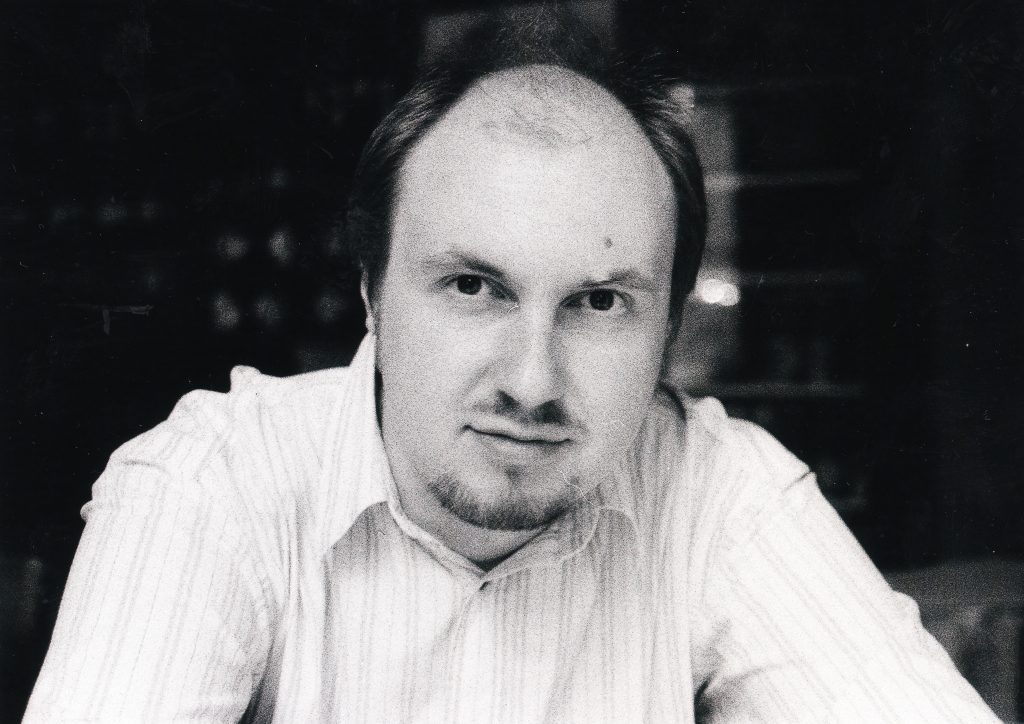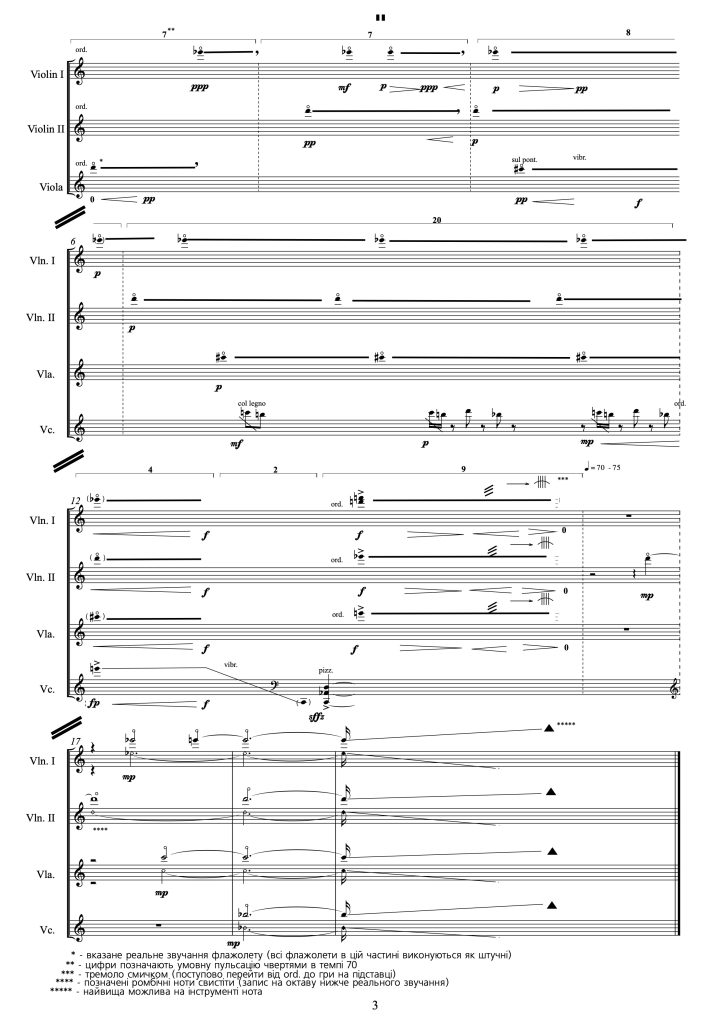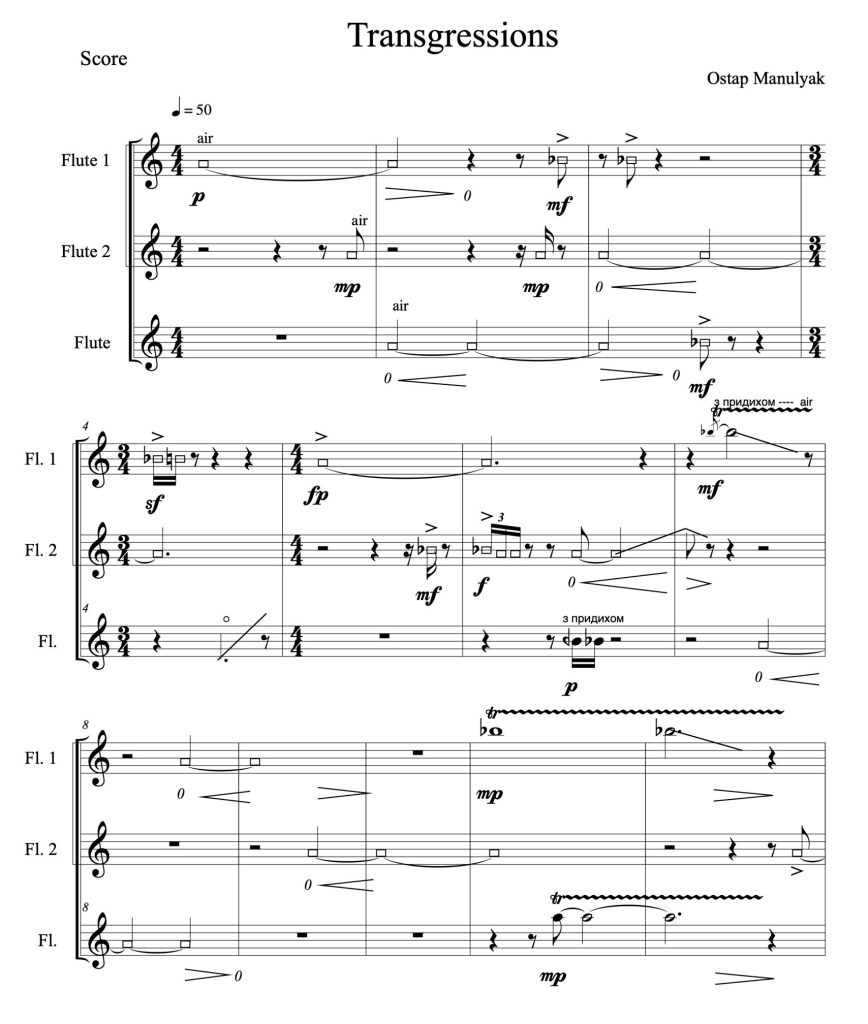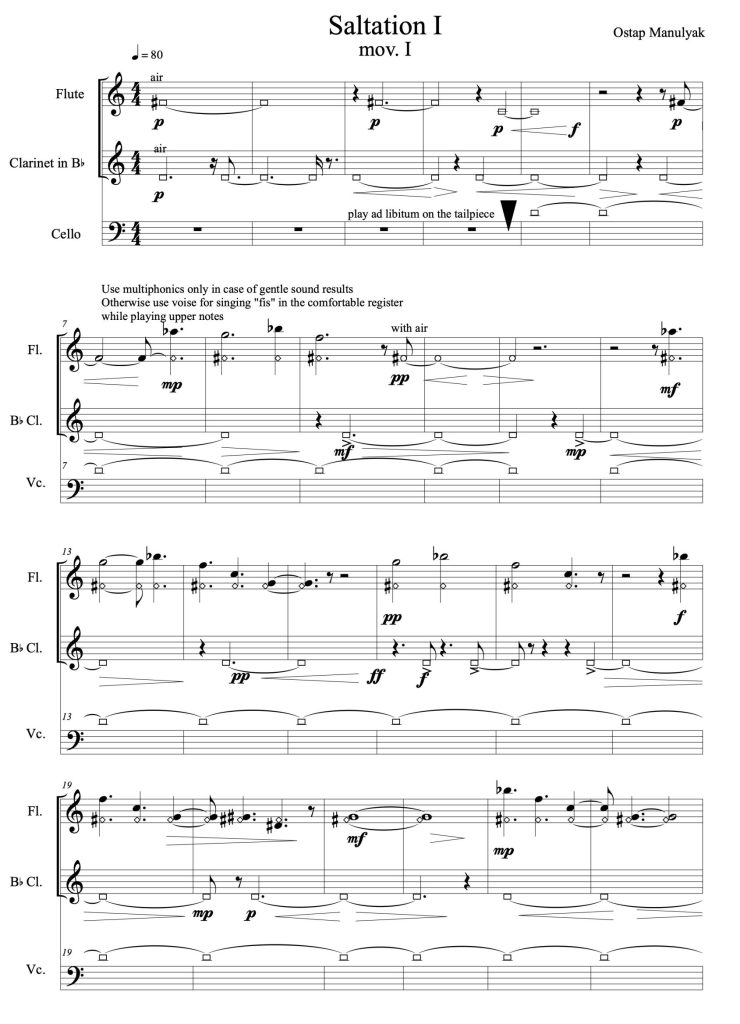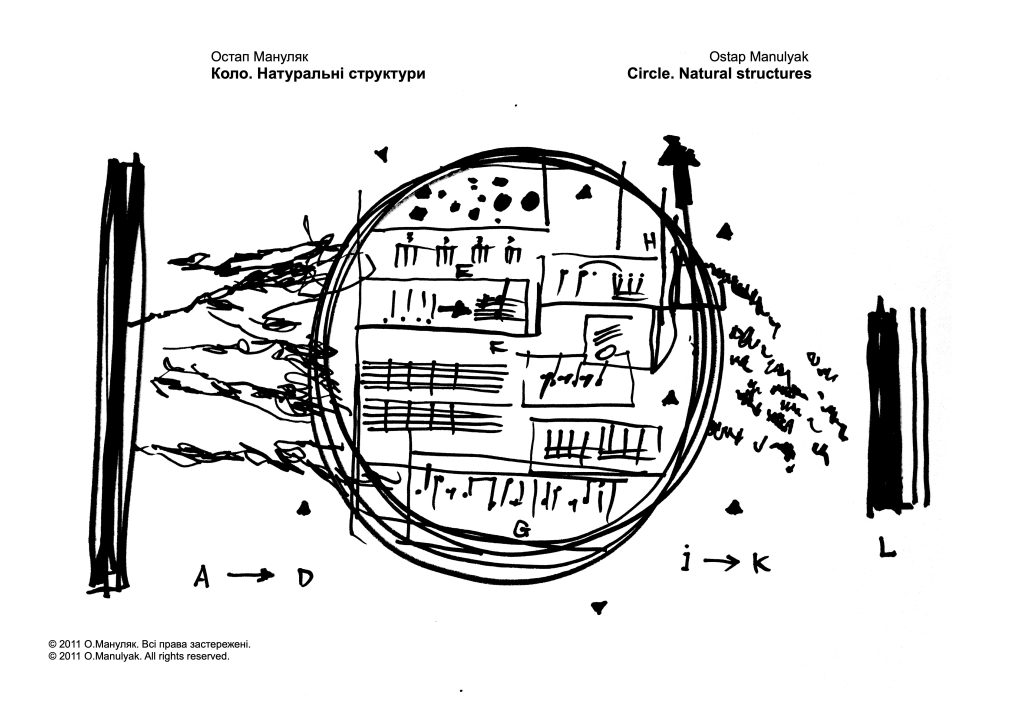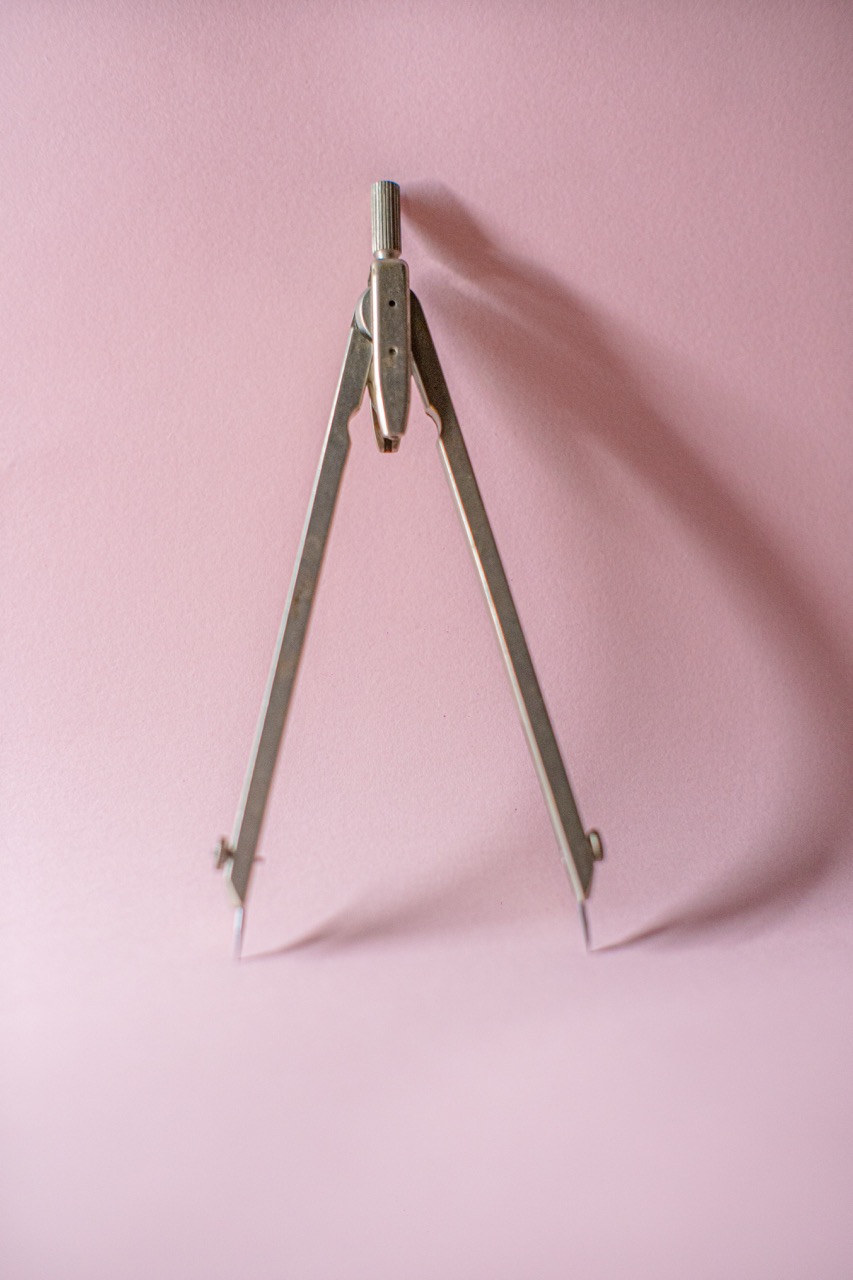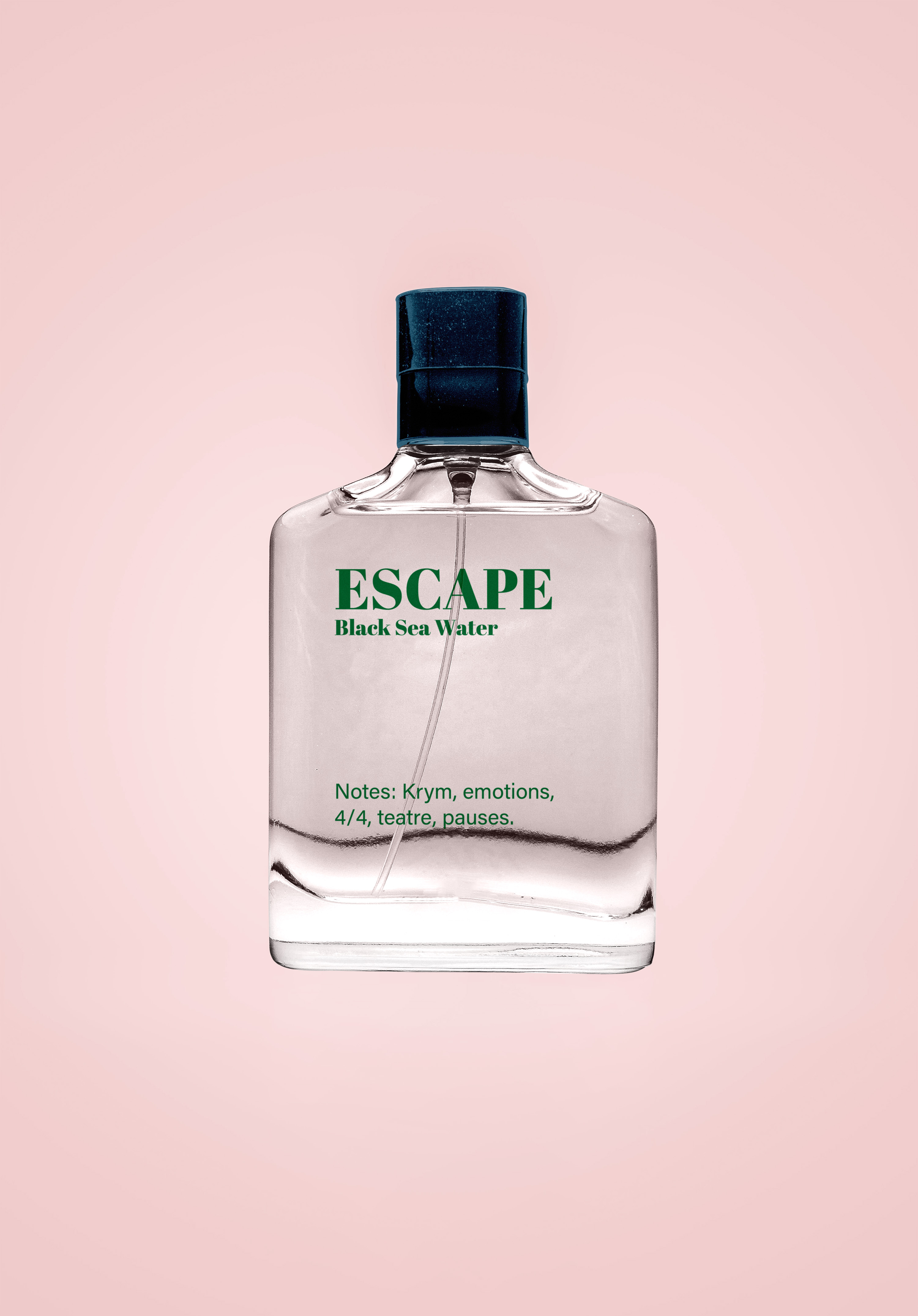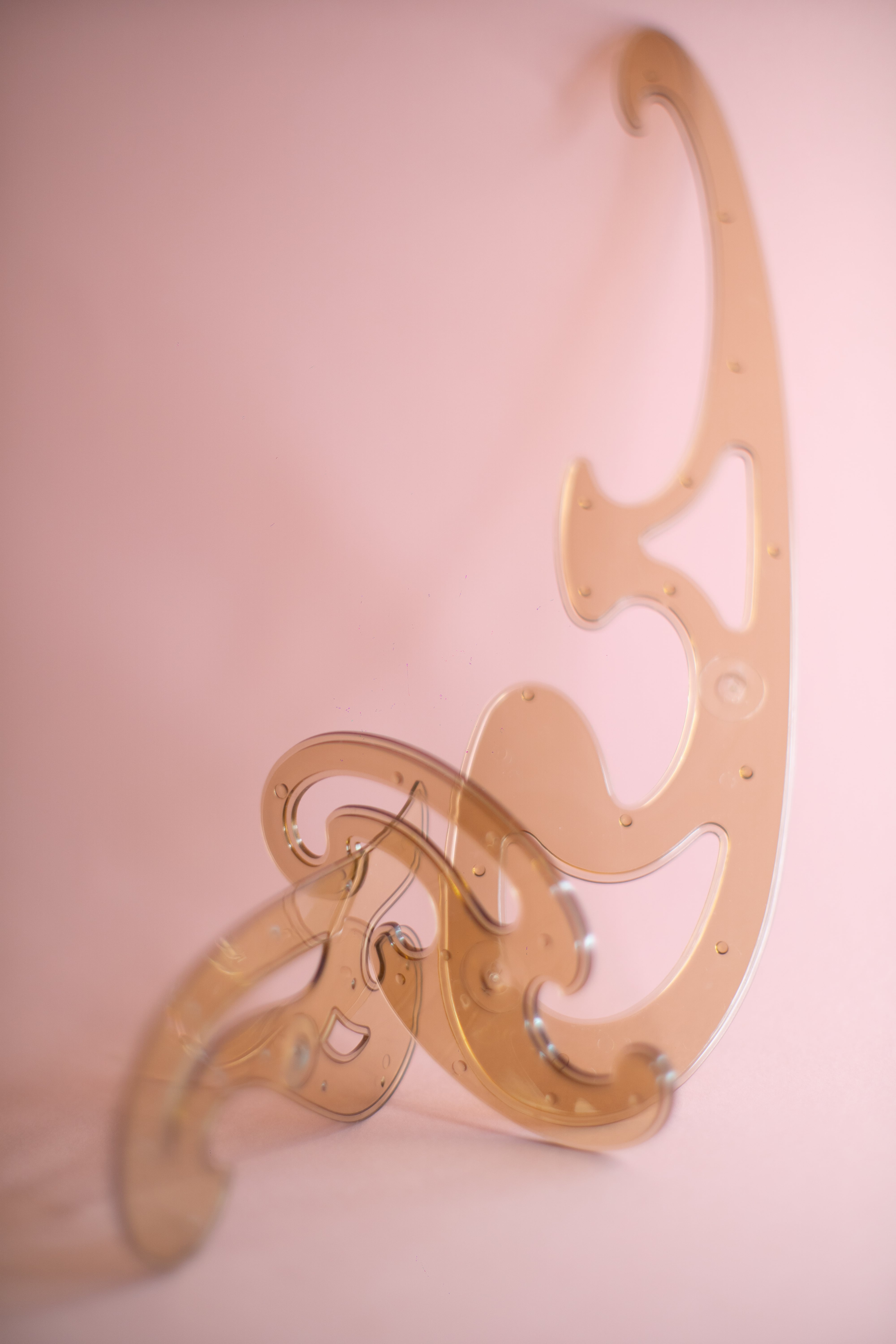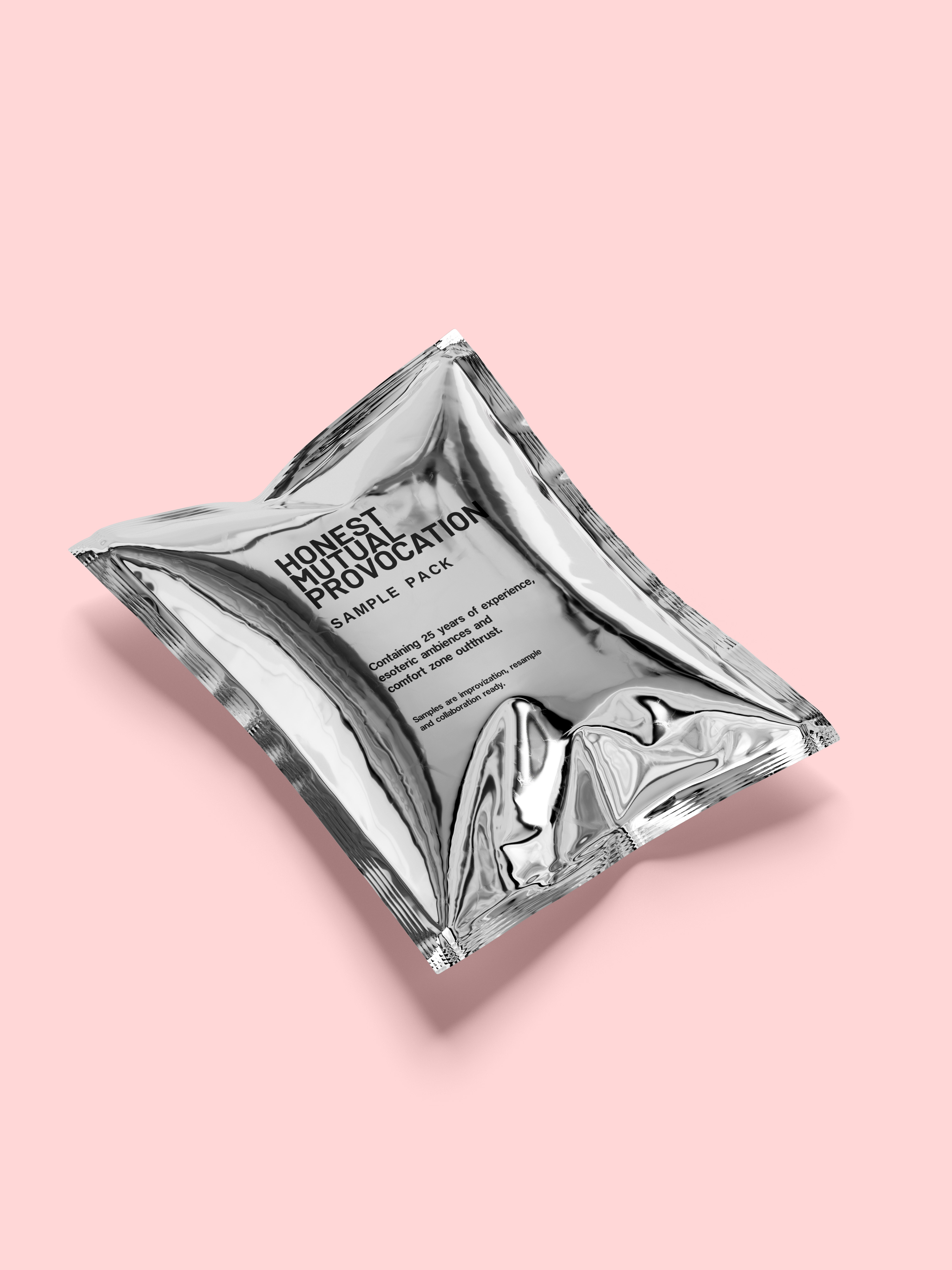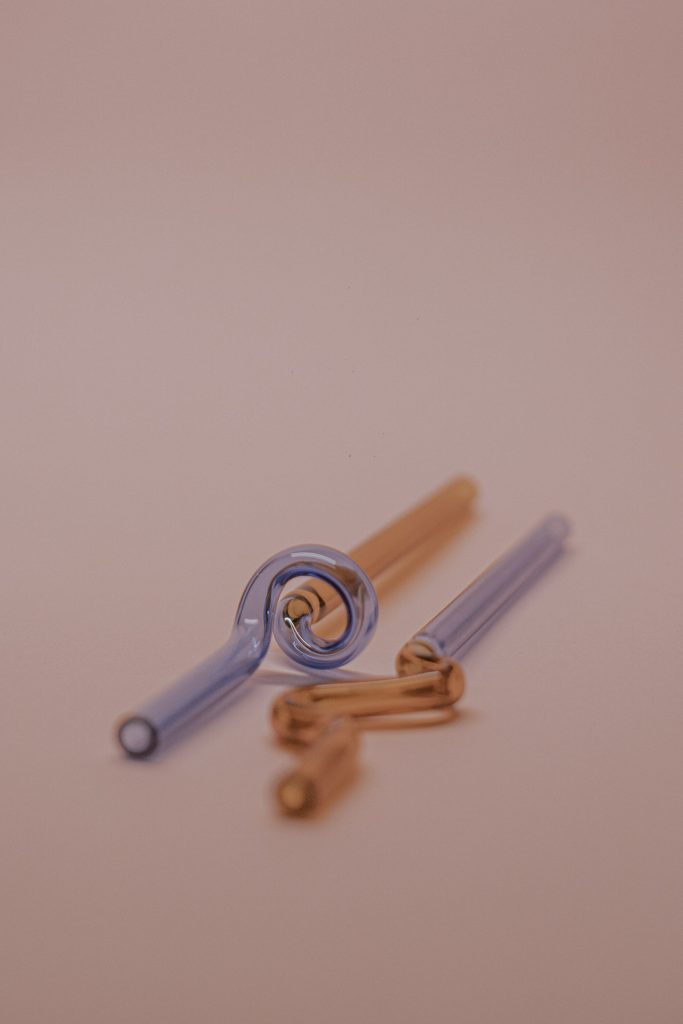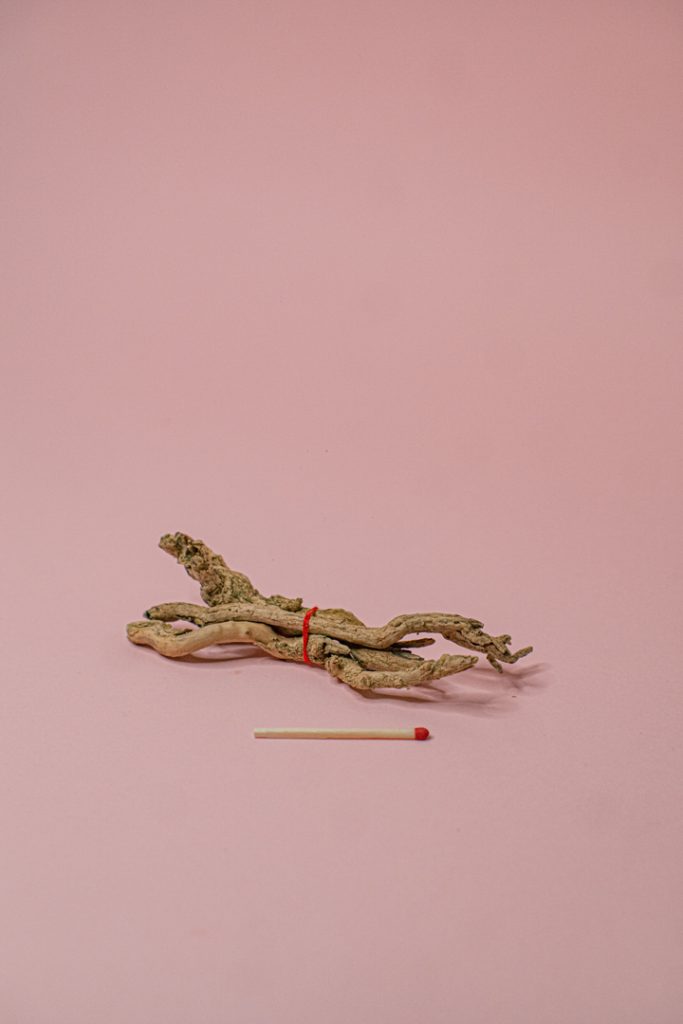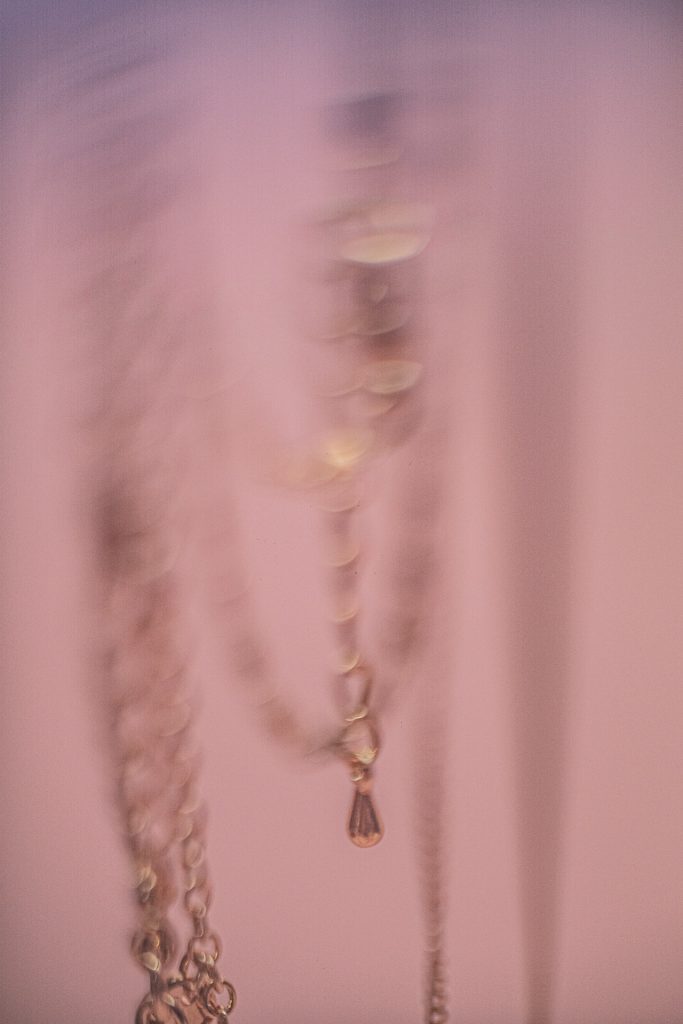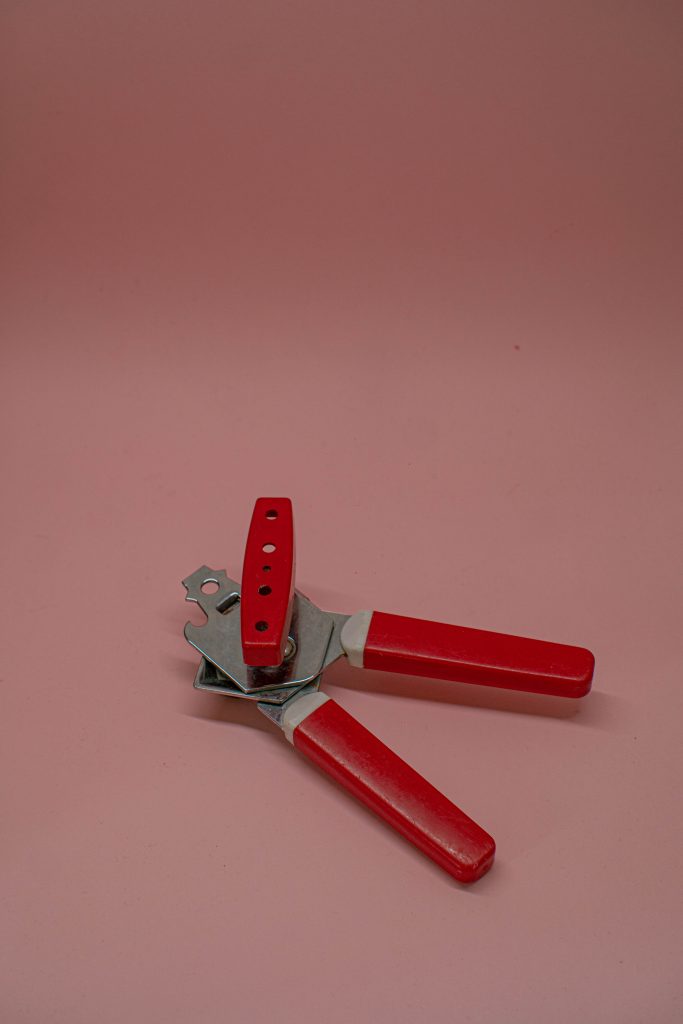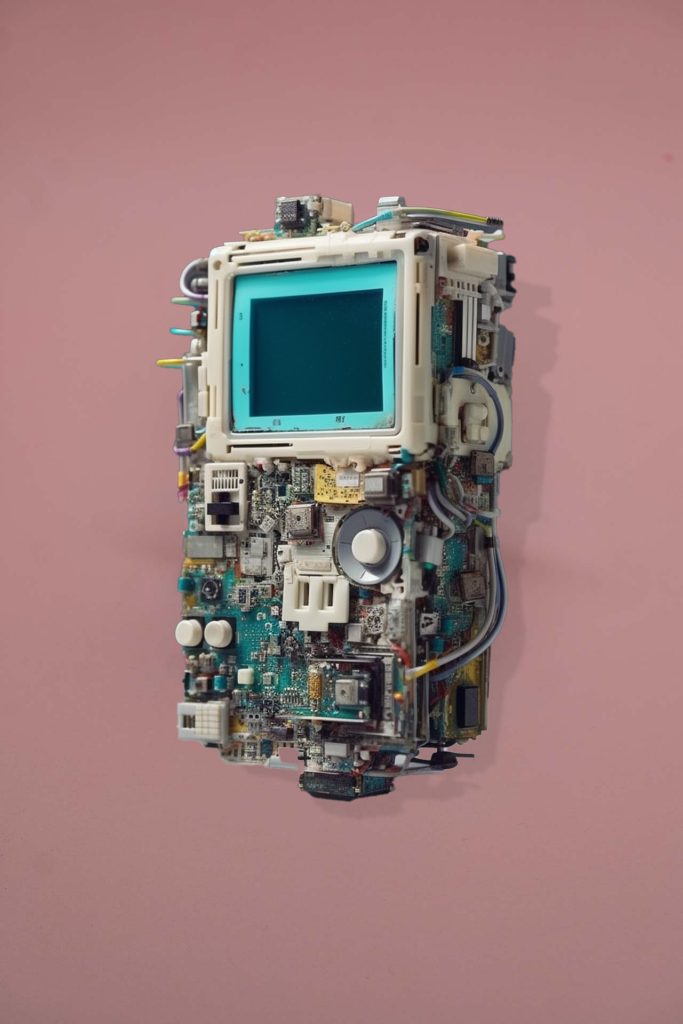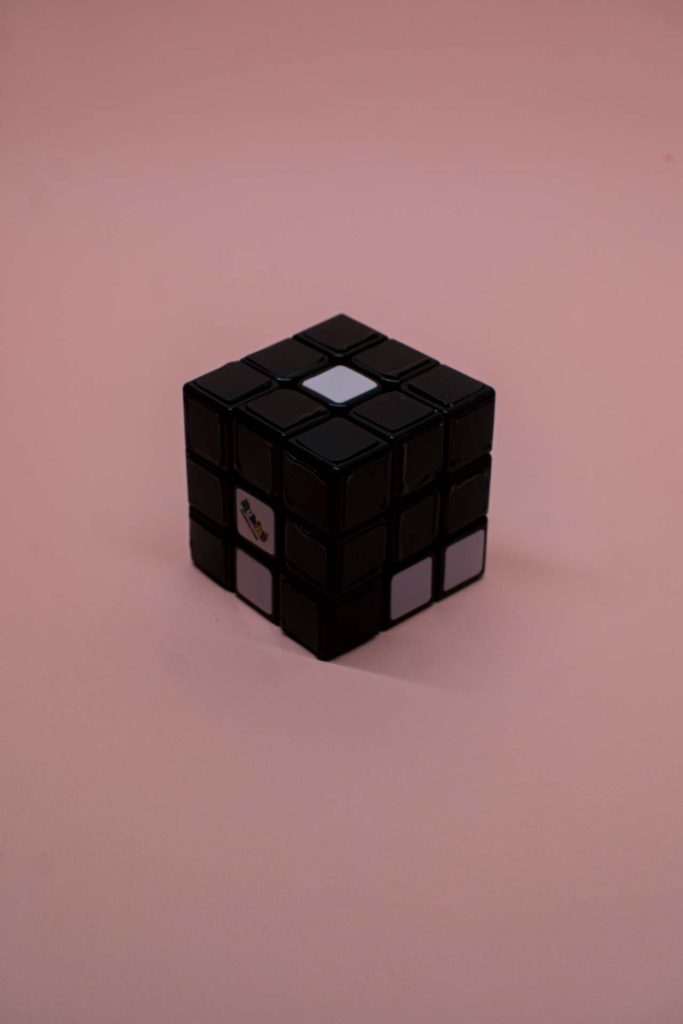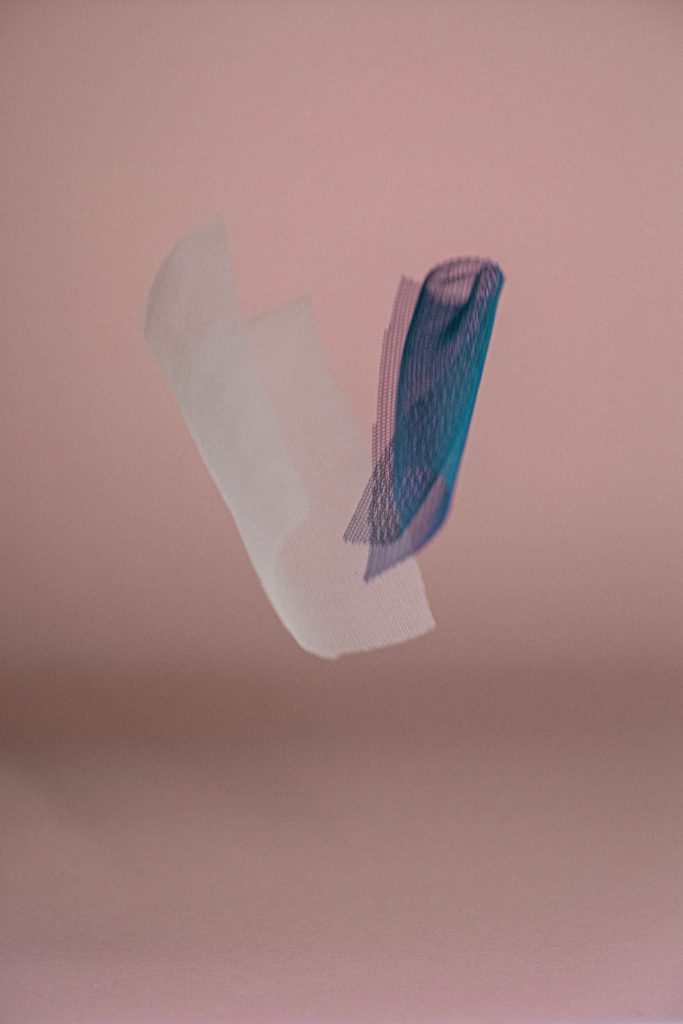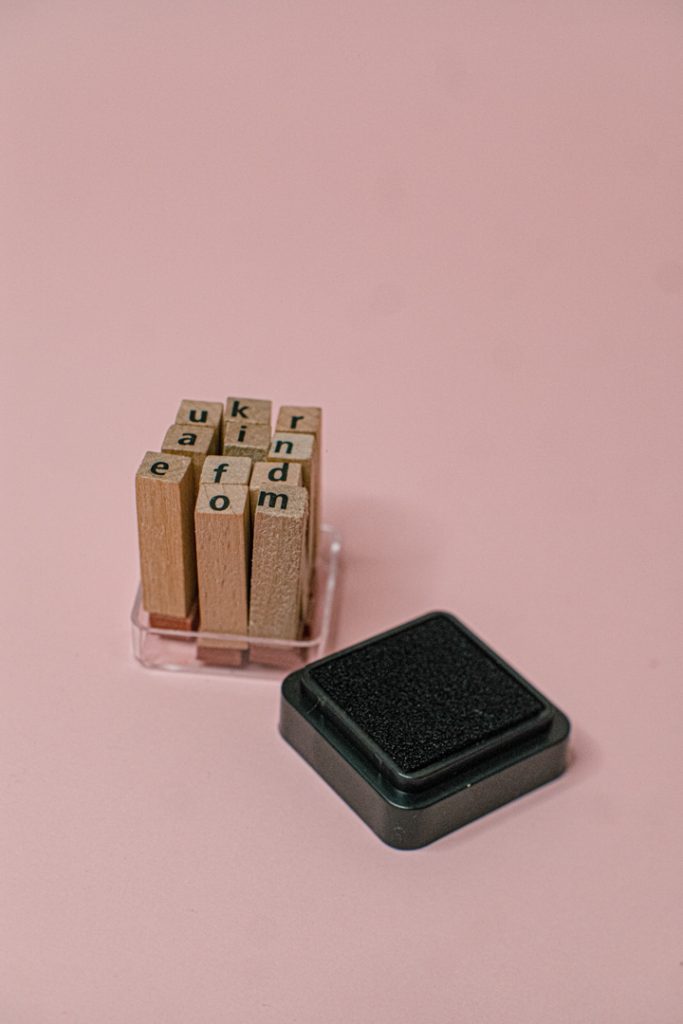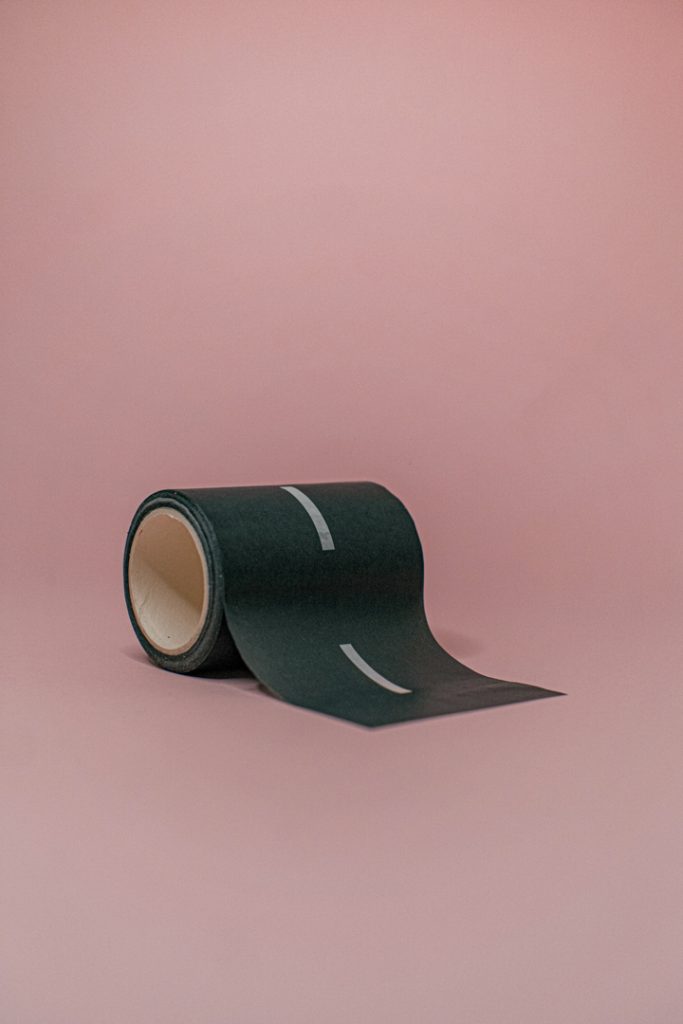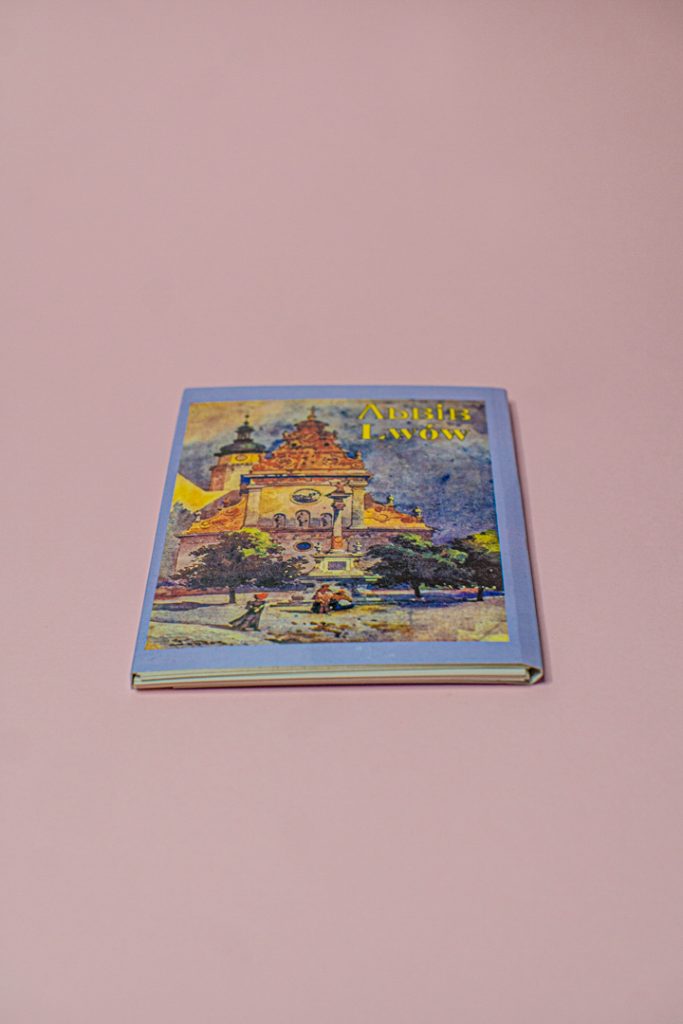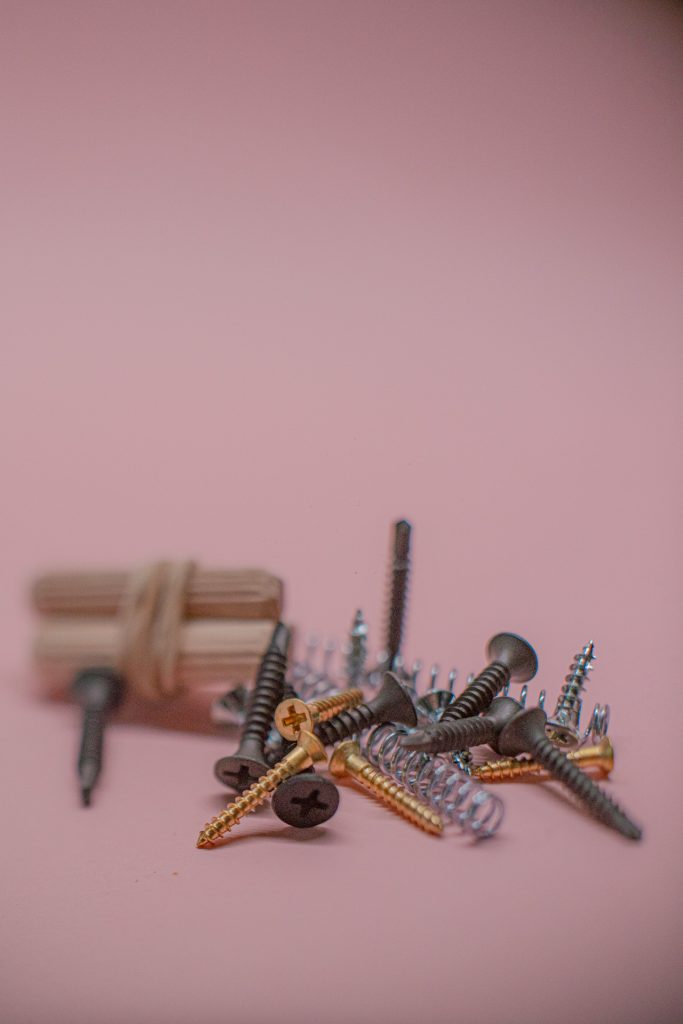
Piano preparation Kit
Ostap Manulyak: Transgressions, Reprogressions and Soil Erosion
Ostap was born in the family of an acclaimed jazz multi-instrumentalist and composer, founder of the vocal and instrumental ensemble Vatra, Mykhailo Manulyak. Vatra was created in 1971 at the Lviv Philharmonic and was one of the first ensembles in Ukraine that played folk-jazz-rock. Mykhailo Manulyak wrote the major portion of the band’s repertoire at the beginning of its existence. Since Ostap grew up in a family of musicians, learning music was a natural step for him. In 1990, he entered Solomiya Krushelnytska specialized music school, where music disciplines were studied alongside the general school curriculum. To get into this prestigious school, the competition was 10-12 students per spot, and Ostap successfully passed all the admission exams, such as singing, rhythm and pitch identification. He entered a piano studio of Yurii Bon’, who is now a successful award-winning pedagogue currently working in Poland.
At first, I was trained as a traditional piano prodigy who stays home and practices endless hours while other kids are playing soccer outside,” Ostap recalls. “However, my first teacher moved to Lublin, and I was assigned a new teacher, Tetiana Vorobkevych, my father’s friend. Her approach to hand positioning was completely different from Yurii Bon’s. Since it took me more than a year to relearn, it became too late to become a piano prodigy. I was an avid reader and an erudite, so Vorobkevych advised me to transfer to the class of theoretical disciplines.
Ostap became interested in composition already at that time, inspired by a book from his dad’s library – A Short Guide to the Music of the 20th Century by Bogusław Schaeffer. Compared to the boring school curriculum, such as Bach’s inventions, classical sonatas, etc., this book appeared to be a boundless cosmos. At school such things as extra-parametric notation and notation of sonoristic works were not discussed, and they felt like sounds from distant planets. At that time, Ostap was fascinated by the early work of Krzysztof Penderecki. One more inspiration for composing was his father’s Roland D-20 synthesizer with a sequencer. He began to create compositions in the New Age style. Although this seemed more like a fun activity, it eventually inspired Ostap to enter a music conservatory.
While studying at the department of composition, he met an entire galaxy of star musicians and scholars: Yarem Yakubyak, Stefaniia Pavlyshyn, Yurii Bulka, Emilii Kobulei. Yarema Jakubiak, who was fluent in German and Polish, frequently attended conferences abroad, and developed his own theory of analysis and modeling methods of musical language. For example, he analyzed the relationship between melodic and harmonic principles and the text in the works of Mykola Lysenko and Stanislav Liudkevych. According to this analysis, he modeled his own compositions in the style of Lysenko or Liudkevych to demonstrate the validity of his theory. Mr. Jakubiak was teaching the course on analysis of musical form, which after his death was taught by Emilii Kobulei, a musicologist originally from Transcarpathia, who had many connections with Hungary and often traveled to Budapest. Ostap remembered Mr. Kobulei’s advice for music conservatory applicants during his consultations:
You all know that according to the rules of harmony, parallel fifths and octaves are not allowed, right? Forget about it! Anything that sounds good is allowed. Do parallel fifths sound good? If they do, you can use them.
The professor also had an interesting view about temporal organization: when the traditional approach to the analysis of musical form does not work, one should use the framework of temporal segments and relationships between different levels of density of texture. He demonstrated this using the examples of his own formal analysis of the works by Iannis Xenakis and György Ligeti.
The instrumentation course was taught by Myroslav Skoryk. His approach to teaching surprised and even irritated Ostap: “I could not understand why someone who knows so much, would be reluctant to share his knowledge with students.” The young man was not really fond of beginner exercises. When the class got to the instrumentation of Debussy’s preludes for a large symphony orchestra, however, he felt a real drive and started bringing new sketches to the professor almost every week. Yet instead of specific comments, the professor would just say “good… well done.” One day, Ostap took courage and started demanding more specific answers from the professor, such as possible options for instrumentation of an excerpt where he was not satisfied with his own version. Finally, after being pressed with questions for about 15 minutes, Myroslav Skoryk answered: “Well, well, look… You wrote b flat in the clarinet, but this b flat falls on the 13th overtone of the bassoon, so it will sound out of tune…” And he started quoting from Helmholtz’s overtone diagrams. This answer simultaneously impressed, outraged and inspired Ostap. He was frustrated with the fact that the teacher possesses an enormous amount of knowledge but is reluctant to share it. Yet he was also inspired because he realized that instrumentation was closely related to acoustics, and this direction can help him make progress as a composer.The composition course was taught by Viktor Kaminsky. He supported and encouraged the young man’s experiments and was meticulous about versatile and diverse development of the material.
So, during his studies, Ostap, on the one hand, found excellent “old school” professors, but on the other hand, the “old school” approach created a kind of cognitive dissonance in relation to the experience he gained during master classes with European musicians. For example, Yuval Shaked and the German contemporary music ensemble echerche visited Lviv. To some extent, this was a clash of two systems, because contemporary music was almost nonexistent in music education at that time. Recalling his works of that period, Ostap says that he was leaning towards neoclassicism – “a mixture of Paul Hindemith and Yevhen Stankovych.” At that time, the most characteristic features of Ukrainian “festival” works, applauded by the Union of Composers of Ukraine, were complex harmony and alternation between expressive tutti and strained monologues (mainly on the cello); at the same time, there were unreasonable prejudices regarding the techniques of the “soulless Darmstadt school.” In particular, the Head of the Union, Ihor Shcherbakov, who was also the head of the examination commission, expressed the highest praise regarding Ostap’s graduation piece – the piano concerto.
In 2003, when Ostap was in his third year at the conservatory, a scholarship program of the Ministry of Culture and National Heritage of Poland, called “Gaude Polonia,” was established. When he graduated from the Lviv Conservatory and entered graduate school, the composer received this scholarship and went to study in Poland with Zbigniew Bujarski. Since the development of music as he knew it existed somewhere until the sonoristics of the 1960s, most of the composers, introduced by his new teacher, were new to Ostap: Georg Friedrich Haas, Klaus Huber, Kaija Saariaho, Gérard Grisey, Tristan Murail, and others. He was significantly influenced by the style of Bujarski himself, with its dense texture and rhythmic saturation, which the Polish composer justified with his horror vacui (“fear of the void”).
I remember how greatly I was impressed by Bujarski’s quartet, which he wrote for the opening of the Krzysztof Penderecki ‘s private festival in Lusławice. It was the Quartet for the Opening of the House – Ostap recalls. – And from that moment, I tried to work a lot with the juxtaposition of different rhythmic structures; I wanted to develop my own rhythmic, melodic and harmonic language…
“I think it was the study with Bujarski that initiated my conscious realization of myself as a composer,” he concludes. He recalls those several lessons when he did not bring any new drafts because he had “no inspiration.” Then the teacher asked him: “Tell me, what is your profession?” –”Well, I’m a musician,” answered Ostap. – “Are you a composer or not? If you worked in a bank, what would your job be? Come at nine, work until noon, have lunch, and then work until evening. You wouldn’t come and say that you have no inspiration. If you want to be a composer, you have to work every day, for three to four hours. Even when you can’t write anything, you still have to make an effort.”
During his fellowship at Gaude Polonia, Ostap also attended public lectures by Marek Chołoniewski at the electroacoustic music studio, and the following year started experimenting with electronics on his own. “I sent Chołoniewski a rather unsophisticated piece, but he supported me a lot, and I started working in this direction,” Ostap admits. In 2007–2008, Manulyak focused on writing his dissertation titled Sacred Works of Lviv composers in the late 20th – early 21st centuries in the context of major trends in contemporary religious music which he defended in 2009. While this analytical work was quite engaging, he was upset that the development of a system of classification and systematization of sacred music took all his time. (Ostap did not compose any new works for almost a year.)
In 2011, the second Gaude Polonia scholarship allowed him to study with Marek Chołoniewski. “Chołoniewski was unbelievably knowledgeable about contemporary music… Sometimes he could recognize a piece from just a few sounds,” recalls Ostap. “Both Bujarski and Chołoniewski were willing to share their experience, and it was important for them to pass on their knowledge to others – quite a contrast compared to the trauma of my earlier education.” Thanks to Marek Chołoniewski, the young composer learned to combine kinetic gesture with sound and visual image, and also became interested in the relationships between sound and space.
The same year the scholarship was awarded to visual artists from Lviv Mykhailo Barabash, Serhii Petlyuk, and Yaroslav Filevych. When all four arrived in Krakow, it turned out that both Ostap and Mykhailo did not have any luck with housing. Ostap’s apartment was not soundproof and he could hear all the shuffling of slippers in the corridor even when he was wearing headphones. Meanwhile, Mykhailo Barabash, who was working on a large-scale project with several-meters-long paintings, got a tiny room 3×3 meters. They decided to rent one large apartment together – a fantastic place in the center of Krakow, in a constructivist building of the 1930s. In the shared kitchen, they started socializing and discussing various ideas about art. Mykhailo was interested in contemporary music; once in Great Britain he spent all his money to buy a collection of writings by John Cage. Ostap was interested in visual art. However, both of them soon realized that they knew very little in the fields outside their own expertise.
Their first joint projects were realized in Krakow. They were called “Precipitation” and “Immersion in the Environment.” When they returned to Lviv, they created an association called NURT together with the graphic artist Yarko Filevych. The participants believe that “Twelve by Kofler” was one of NURT’s strangest projects. They implemented it on December 12, 2012 (12/12/12). Polish composer Józef Koffler created a cycle “15 variations on a twelve-tone series” op. No. 9 (1927). Some of these variations are grouped in pairs as mini-cycles, so they could be heard as 12 variations in 12 tones. 12 students from the Lviv Academy of Music were invited, and each performed one variation on the piano. The project was presented in a theatrical fashion: the audience was sitting on the upper level of the famous art-café Dzyha with a grand piano in the middle of the room, and pianists were sitting by the wall like actors. All this was accompanied by a 12-part video, created by Mykhailo Barabash.
Since that time, the Art Association NURT has organized dozens of art events; among them the most significant is the Festival of Audiovisual Art “TETRAMATYKA,” organized biennially since 2013. It has grown from a small-scale local event to an important phenomenon in Ukrainian and European festival landscape, where the works of famous contemporary Ukrainian authors are presented alongside well-known artists from around the world. Another project of NURT, the VOX ELECTRONICA electroacoustic music festival, has evolved from a small local event into an international networking platform for electroacoustic musicians. Since 2013, the festival has been held nine times.
The year 2008 marked the beginning of lifelong learning, since many recordings of contemporary music became available on the Internet. At that time Ostap discovered the works of Salvatore Sciarrino, Helmut Lachenmann, and others. It took some time, however, to understand the latter’s work, until the young composer heard David Stromberg’s recording of Pression for cello. As he notes, “since then, Lachenmann’s music revealed itself as interesting, colorful and astonishing.”
One important event in Ostap’s creative development as a composer was the project of the Еnsemble Nostri Temporis called Chopin: transcriptions of our time, which consisted of transcriptions of the 24 preludes op. 28 by Frédéric Chopin, performed by contemporary young composers. “When a wide range of contemporary music became available on the Internet, I discovered that thousands of composers in the world were much better than me,” Ostap recalls. – It was a disappointment because I thought I was a good author moving in the right direction, and suddenly I realized that I was nobody. In this situation, what is the point of writing anything?” At that moment, a commission to write a piece from the director of Nostri Temporis Bohdan Sehin was important because it helped Ostap recognize himself as a composer again. After that, the ensemble organized one more important project – a series of new music master classes, called Course. “Among the instructors, Carola Bauckholt had the greatest influence on me,” Ostap admits. “Without her, I would not have developed as a composer in the direction I followed after meeting her.” In 2016, the Kyiv music organization Ukho (The Ear) conducted composer master classes with Stefano Gervasoni and Samuel Andreyev. Ostap credits them as responsible for another important step in his compositional development.
Finally, in 2018-2019 he was a Fulbright Scholar. The scholarship covered an internship at the Center for Computer Research in Music and Acoustics at Stanford University (California, USA). “I found myself in a creative space where programming languages for sound synthesis and processing, such as ChucK and FAUST, were in the center of everyone’s attention,” the composer recalls. “The experience of a highly specialized technological setting was fantastic. I also realized, however, that most of all I want to simply be a composer.” Ostap realized that composition of electronic music is not his major goal. The idea of spending months in order to learn a programming language to create one specific electronic composition did not appeal to him. It seemed that using this time to write a piece for acoustic instruments with electronics was more rewarding. “It is important to accept myself the way I am,” he concludes.“Instead of forcibly redefining myself, I want to continue working hard and making progress in my individual direction.” The remaining part of this article will focus on the composer’s key works in order to illustrate his creative method. Let’s start with the events that split the lives of all Ukrainians into “before” and “after.”
Reprogressions I
On February 23, 2022, Ostap Manulyak completed the preparation of the grand piano on the premises of the Lviv branch of the Ukrainian Composers’ Union, planning to bring students and show them extended techniques on the prepared instrument. The next day, no one came to the Union. The beginning of the great war brought terror and silence. The prepared piano responded only to the sounds of explosions outside the window.
A month had passed; at the end of March, Ostap came to the Union and saw the instrument, with the same objects stuck in its strings. It remained untouched throughout this entire time. Now, the prepared piano was no longer an object of study; it became a witness of history, both general and personal. As a result of the new experience acquired throughout this month, the piano was transformed from an object into a subject.
Ostap carried out a spectral analysis of the prepared tones and constructed a scale on this basis, approximating it to equal temperament. In this way, he created a layer of the texture, in which the composer worked freely on the source material. Then, using the IRCAM software Orchids, he constructed a second layer, interpreting the suggestions of computer-assisted instrumentation based on spectral analysis in his own way. This is audible in several moments where the long chords of the orchestra are suspended.
In my composing activity I am rather slow. Starting with Transgressions however, I began using spectral analysis and other methods and technologies that help me communicate my thoughts faster… For me, the defining point is the initial idea which programs the structure of the material and its outlines.
In Reprogressions the composer used a lot of self-quotation from unsuccessful works and unfinished drafts. Old ideas, which did not make much sense until now, revealed themselves in a different way in the terrible conditions of the war. Just like people. “In the conditions of war, people reveal themselves in unexpected ways. Often, fantastic actions come from people from whom I did not expect anything like that.”
This work reveals a characteristic idea of Ostap’s creativity – a combination of uniqueness with accentuated repetition. “Music is a language. When we talk about something important, we tend to repeat it.” In Reprogressions there is a moment when repetition becomes mechanical. In the composer’s works this kind of material has a negative meaning.
In order to avoid weariness from repetition, Ostap creates variations of the material. He attributes his preference toward this method to his study under Zbigniew Bujarski. His teacher, as Ostap recalls, made very harsh statements about repetitiveness in minimalism: “Listen, I’m not an idiot to repeat the same thing a hundred times! I heard it once or twice – that’s all, it’s enough for me to understand!”
The horror of war, the horror of the invasion in this work was combined with faith in the better future – both for individual people and for the overall situation as a whole. Ostap further revealed the idea of transformation in Reprogression II, where self-citation occurs at the level of the entire work: “At the end of the work, I introduce breath: strange, a little anxious, but alive.”
Aeolian Processes, Saltations
Saltations was created as part of the joint project of the Ukrainian and Polish associations of electroacoustic music, called Pandemic Media Space, in which seven Ukrainians and seven Poles created their works. This formal cooperation also involved a personal story.
It was the beginning of the COVID-19 pandemic, Ostap had just returned from California, where he was on a Fulbright scholarship. There he encountered terrible fires, at the level previously unseen in this area.
I remember that September, October, November, all the way until December, when everything was dried up, like a desert with dry, dusty eucalyptus trees. When forest fires started 100-odd kilometers from Stanford, everything turned black with smoke. It felt like twilight all day longж a thick dark fog was everywhere. It was dangerous to go outside because of the high sulfur content in the air. It was hard to breath even when I stayed home. My eyes and throat were burning. It was dangerously unhealthy to go outside.
After Ostap’s return from Stanford, the Ukrainian composer Alla Zahaykevych offered to join the Pandemic Media Space project, and Ostap immediately decided that he would work with the topic of climate change. This is how “Saltations” were created.
What is the phenomenon of “saltations”? It is a bouncy movement of grains triggered by moving ground. As a result of abrupt climate change, wind currents intensify, which causes the following process: the wind lifts a particle of soil, which springs into the air, then falls, then springs and falls again. “But the worst thing is that every time it falls, it knocks out many other particles from the soil,” concludes Ostap. “We end up with a geometric progression that leads to catastrophic consequences.”
Ostap used Bagnold’s formula, which estimates the volume of soil erosion in the saltation process, while working on the musical material for the piece. Originally, the idea was that individual elements or sections of the work would change, get rearranged or transformed according to the streaming of climate change data from the Pandemic Media Space platform. The idea turned out to be too complicated to implement, and instead the composer decided to arrange the order of the elements and sections of the work according to the existing data.In order to create a melodic line, the composer used the concept of interval classes. This system allows to calculate an interval class vector using the statistical analysis of large pitch collections.
For example, I have a tritone, a third, a second and a fourth. The tritone doesn’t change; I can change a third into a sixth, and a feeling of a gentle, slightly romanticized sound in the second interval after the tritone is preserved. Then I can replace the minor second with a major seventh, and the idea of contrast – sharp dissonance juxtaposed with soft romanticized consonance is still in place. I can also change the fourth to the fifth, and then the idea of hollow sound is retained. In this case, I work with certain melodic material as if it were not a series, but a sequence of interval classes. So, when I have, roughly speaking, a sequence of 1st, 3rd, 5th, 4th and 2nd interval classes, I can change the intervals, but they will always create the same emotional landscape. Now I use it very often in my works.
The method of timbral rotation in Saltations is also rather interesting. Flute and oboe are in some sense antagonists, as a result of different origins of their sound material. The sound of the flute is based on interpretation of the data about wind force, and the oboe sound is based on air pollution data.
The oboe has a double reed, which blocks the flow of air, and therefore the instrument has a vast expressive spectrum… If your breath is just a little bit off, you get all kinds of multiphonics, harsher than those you would get from a flute or a clarinet.
The cello plays free chromatic counterpoint against the oboe. Similar to Mykola Roslavets’ synthetic chords, Ostap uses stacking of tones of a row instead of a series. The composer usually creates rhythmic structure intuitively, yet this work is an exception – the rhythmic structure of an oboe part is based on changes in pressure triggered by air pollution. In Saltations, as in many other Ostap’s compositions, algorithmic calculations are combined with intuition: “I insert the melodies I like into a completed frame, while still trying to avoid kitsch, and making sure to preserve the main method.”
Transgressions II
The composer usually calculates pitch content using algorithmic methods, but he chooses rhythm and extended techniques intuitively. Like other contemporary composers, Ostap uses charts for extended techniques. “In these charts, you have gentle sounds on one side, and sharp, vigorous sounds on the other side. There are heavy sounds, and there are airy sounds. Knowing what effect you want to achieve, you can choose from a rather wide range of sounds.”
Transgressions deals with the theme of sea and land, more specifically – the moment when the sea crosses the land and floods the terrain. Ostap Manulyak combined this idea with the old records of kobzars in a surprising way. A friend of the composer, Yurko Bulka, organized a project to digitize phonograph records with Kobzar recordings from 1907–1908. Many of these phono-rolls have not preserved any sounds. They contain only noises. The moment when noise flows into sound became an important image for Ostap.
Initially, the piece was conceived as a sound installation, commissioned by the festival “Lemkivska Vatra” (Lemky’s Bonfire, an ethnographic festival of the local people in the Carpathian Mountains). That year, the festival created an exhibition about the Lemky villages from which people were deported, called “Empty House.” Having created a sound installation, Ostap decided that it was a good material and deserved to become more than just a one-time sound installation. This is how “Transgressions I” – a piece for three flutes — was born.
It was interesting to collect several flutes, because it’s one of my favorite instruments. I made a spectral analysis of the material from the reels, and then added a second layer – a spectral analysis of the film. As a result, the flutes often have a dialogue with the tape, so the outcome is very nuanced and delicate.
Transgressions II is a version for the violin, which was conceived because of the composer’s desire to develop the original idea further, as he thought: “This is interesting, but why does the work have to be only delicate? Can it be more rigid?” Solomiya Moroz, who performed one of the initial versions of Transgressions on the flute, suggested: “We are playing a project with the bandura player Julian Kytasty – maybe you can transform the piece for flute and bandura?”So, the third and then the fourth versions were created.
Finally, the fifth Transgressions came about as a result of the thought “maybe I can juxtapose the different layers of this material, and create a performative work with narration, singing, talking, quoting something…” So, the composer presented the same idea in five different ways. He compares this method with the work of an art critic who finds something interesting and writeshttps://www.youtube.com/watch?v=SXiYwlOe6gU one or two or three articles in order to present the findings with the focus on different aspects. And only then moves on to something new. “As long as the idea is alive and interests me, as long as it still has aspects that deserve to be highlighted, I am ready to continue working on it. I try to show the maximum potential of each idea by recycling it in different ways.”
Oracle II
In Ostap Manulyak’s works, the musical fabric is often based on chants. They are of different origin, have a complex nature, and at the same time are very energetic. In Oracle chants are combined with multiphonics, tremolo, and trills. The composition is built on the motion: movement-stillness- movement-stillness… “Nine years ago, I had a period of fascination with birds, just like Messiaen. The ideas of repetition and variability were intertwined in their chants exactly in the way that interested me.”
Ostap wrote the first version of The Oracle in 2014, after the end of the events on the Maidan, at the beginning of the annexation of Crimea and the war in Donbas. “I was thinking about a mythological idea that heroes turn for advice to an Oracle in difficult, incomprehensible times. I imagined a fortune teller who predicts the future based on the flight of a bird and its song. I saw an image of a bird soaring in the sky. It moves, pauses, and continues flying.”
Imitation of birds in the piece is combined with a sound similar to a trembita – it was important for the composer to achieve the effect of a fanfare associated with war, with a call for action. The work also includes a depiction of a ritual. At the moment when the instruments stop playing and the musicians tap the motifs from the opening section, the composer appears to imitate mysterious shamanic movements.
In this work, there is a lot between the lines. A bird-like motif in the bassoon against the background of the vanishing sounds of the other instruments, which appears towards the end of the piece, builds a thematic arch with descending glissandos in the oboe at the end of the first movement. Both sections resemble chirping birds.
Originally, Oracle was completely acoustic. Later the composer made a version with electronics (tape). In the end, due to the pandemic, Ostap made a version for acoustic instruments and tape. This version once again uses the voices from the Kobzar reels, which in a metaphorical way communicate the distant past and at the same time the recent present.
Translation: Oksana Nesterenko

